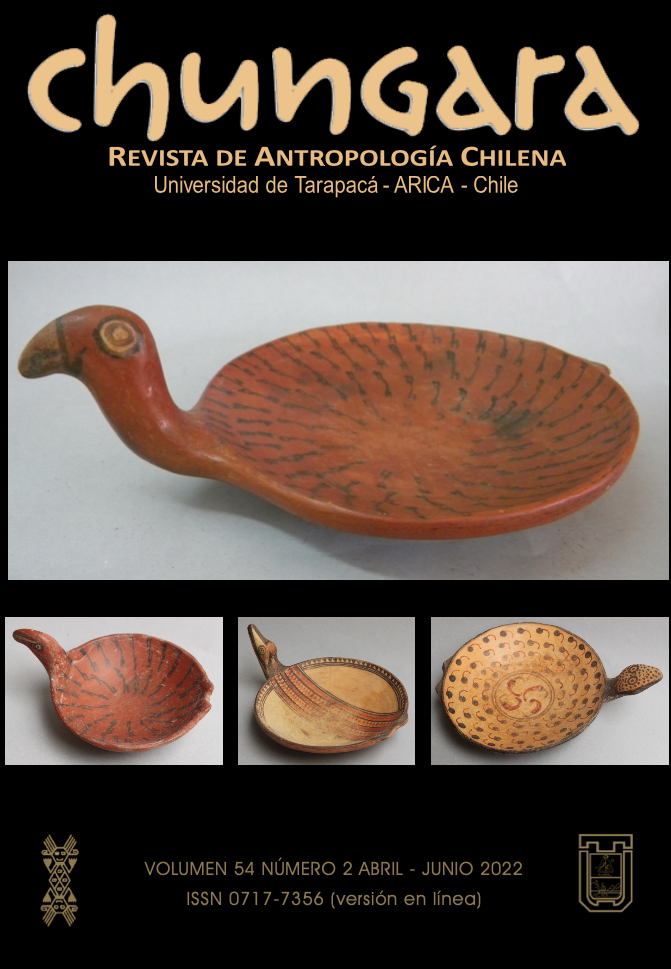EL MUSEO TÚCUME Y LA NUEVA MUSEOLOGÍA
THE TÚCUME MUSEUM AND THE NEW MUSEOLOGY
Luis Alfredo Narváez Vargas (Perú)
The Túcume Museum was opened in 1992 and in 1994 it was granted the status of public institution dependent on the National Institute of Culture (NIC), which is today the Ministry of Culture of Peru. The museum is the result of an archaeological research project carried out between 1989 and 1994 under the sponsorship of the famous Norwegian biologist and explorer Thor Heyerdahl, and funded by the Kon Tiki Museum in Oslo under an agreement with the NIC. From its origins, the museum had a strong ethnographic interest which brought it closer to diverse expressions of the local traditional culture, proposing a dialogue between the past and the present not only from its exhibitions but also from the development of community relations. Its activities have always been in line with the tendencies of the French New Museology from the second half of the XX century, creating a pioneering and innovative management model for its time in Peru. In this way, the main line of action including territory, heritage and community has characterized its community relations and defined its scientific interest, leading to the organization of an ecomuseum as the only example of this methodology in Peru. Nevertheless, this experience highlights the debate about the sustainability criteria in the management of cultural heritage in general and of archaeological heritage in particular.






